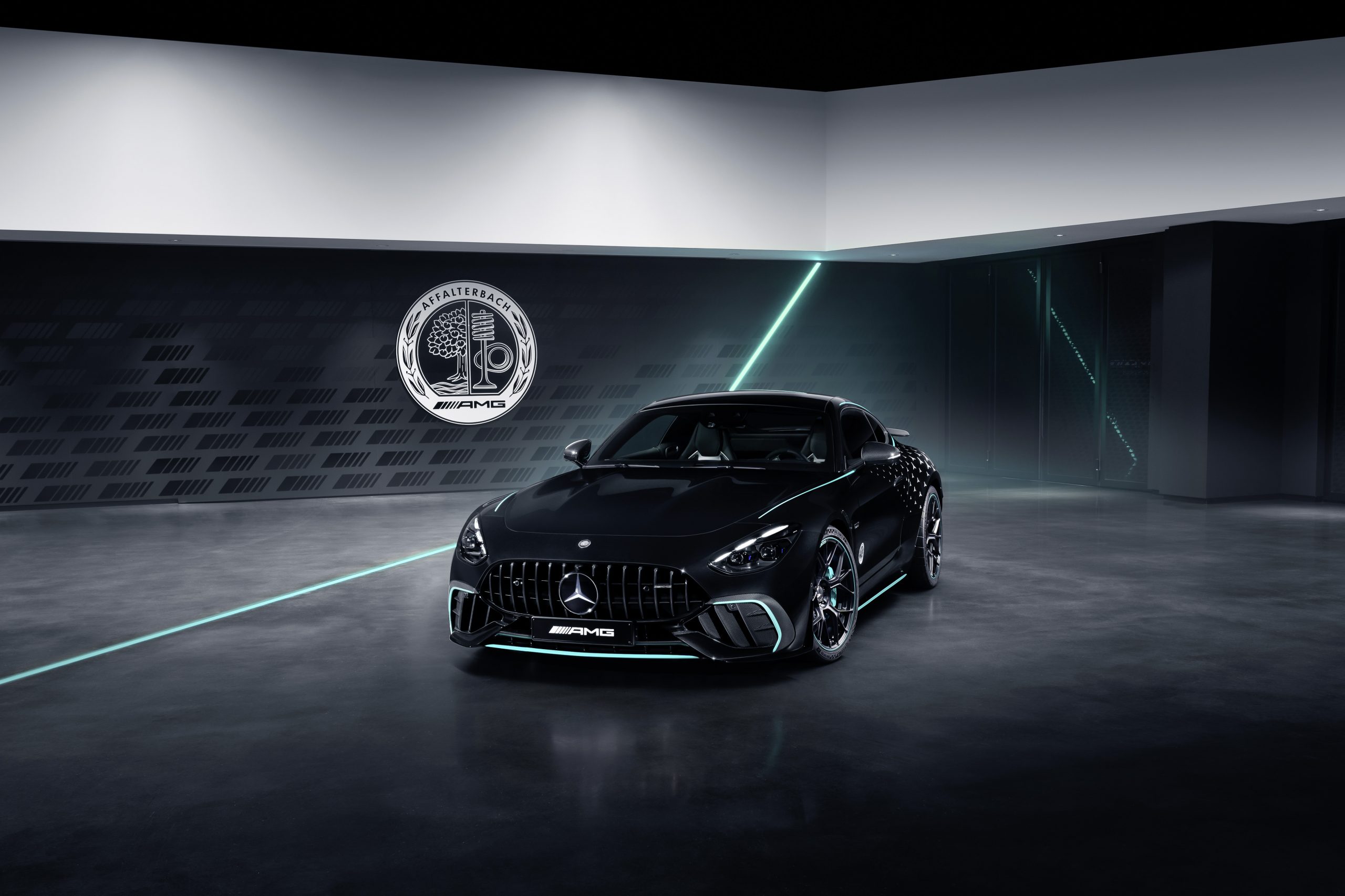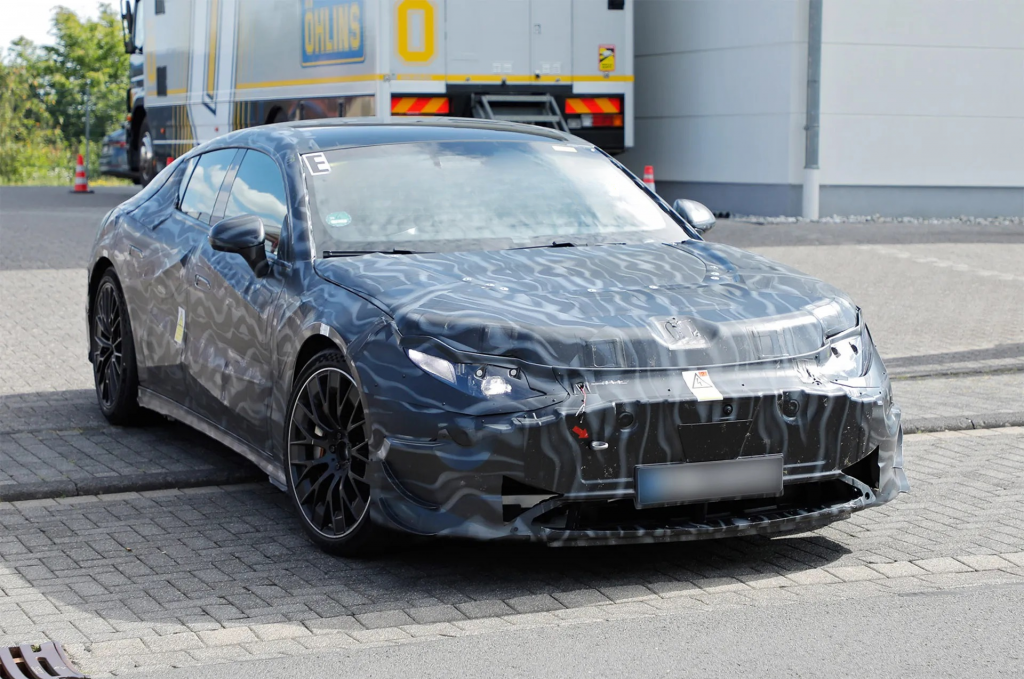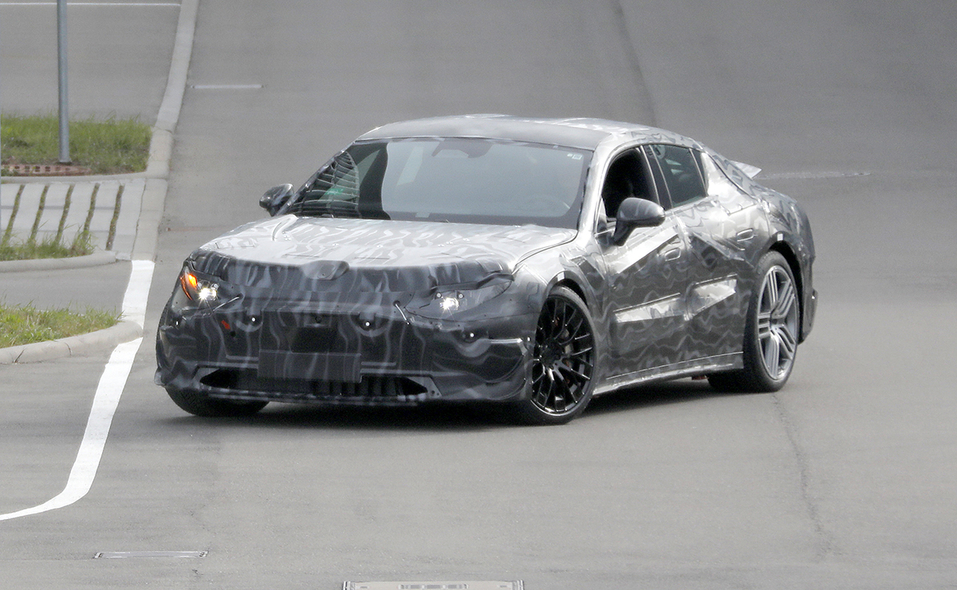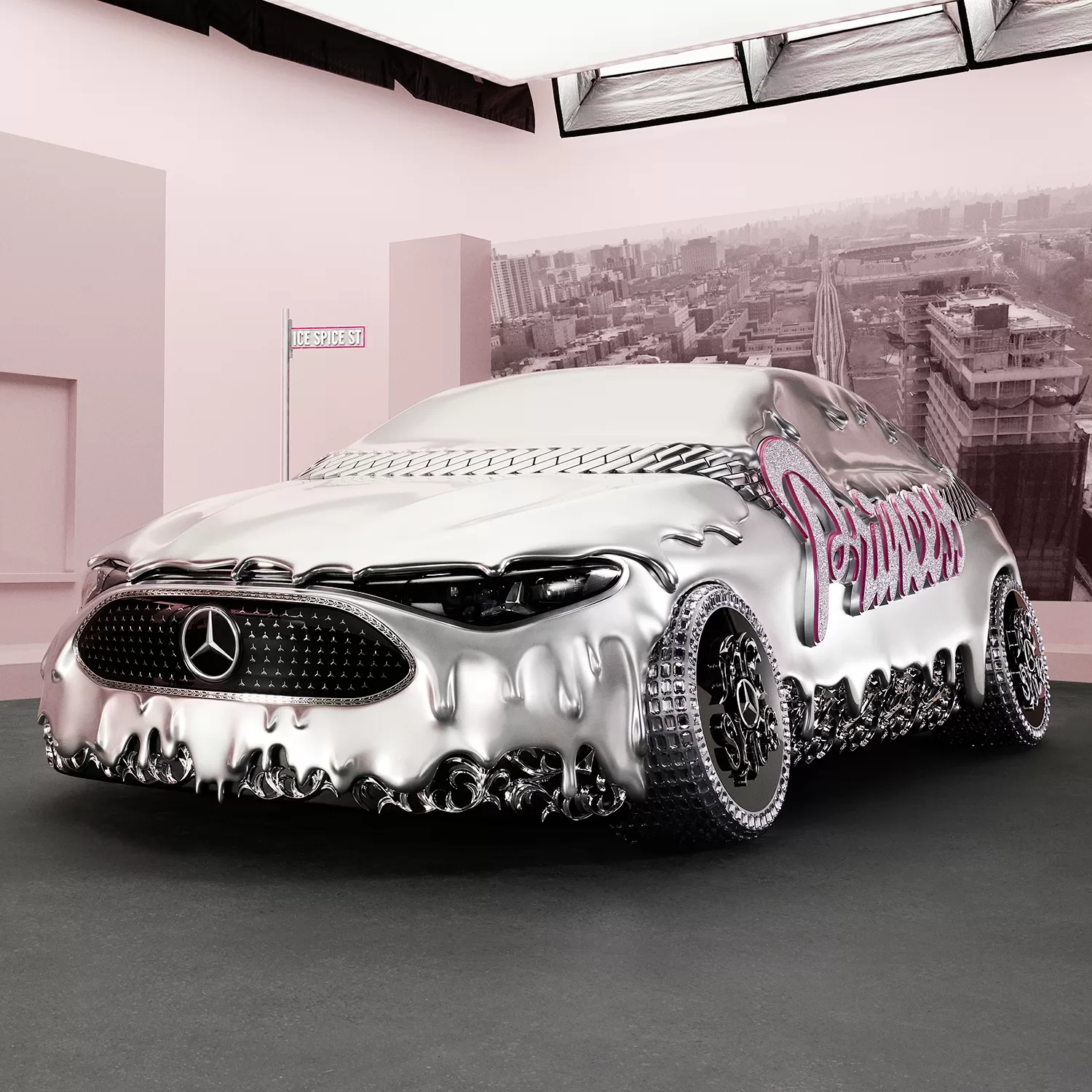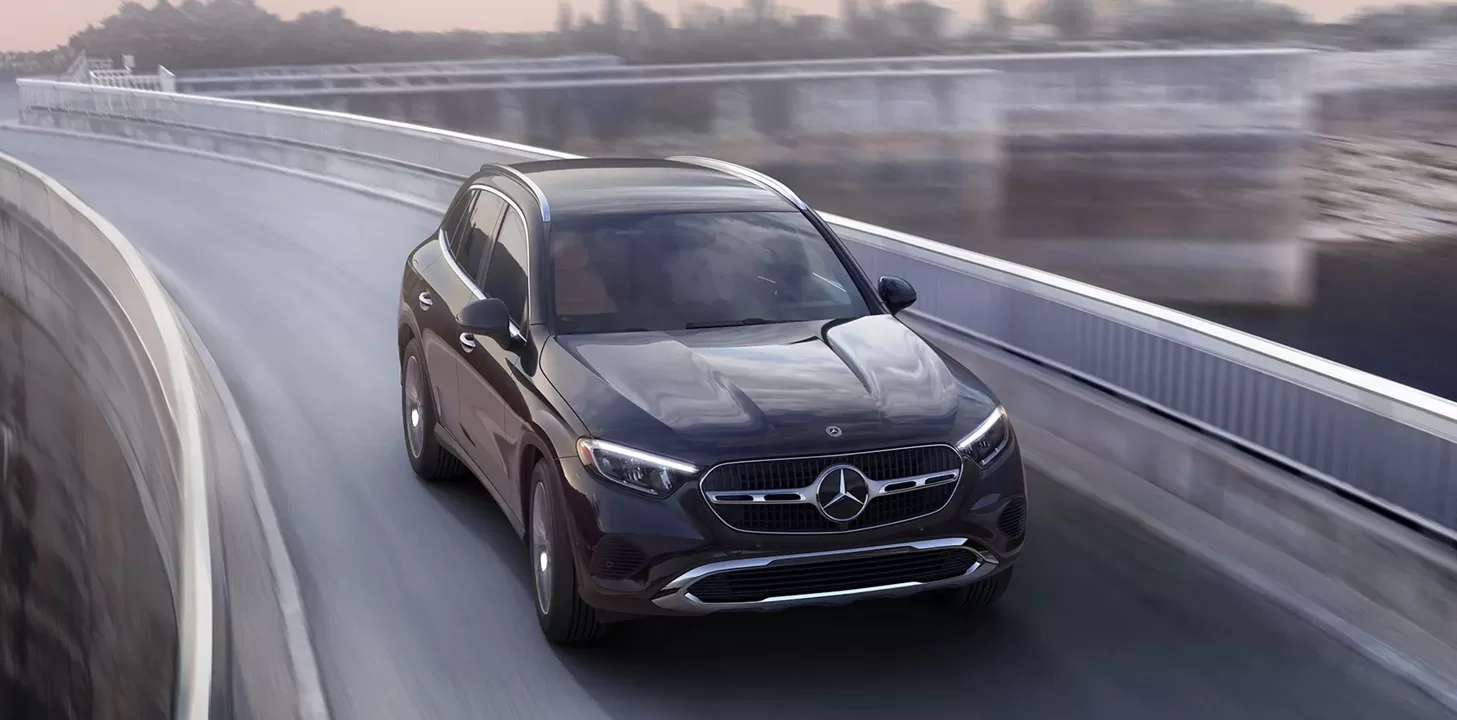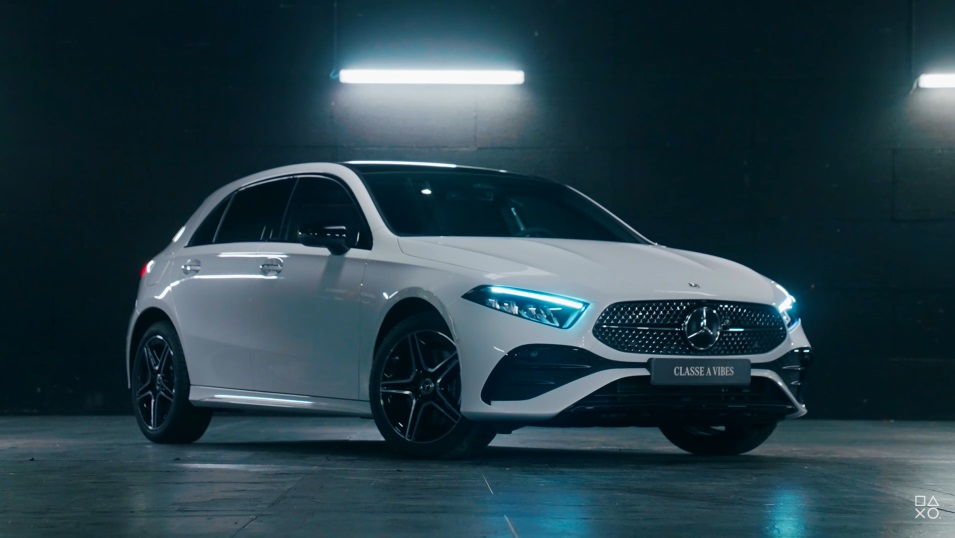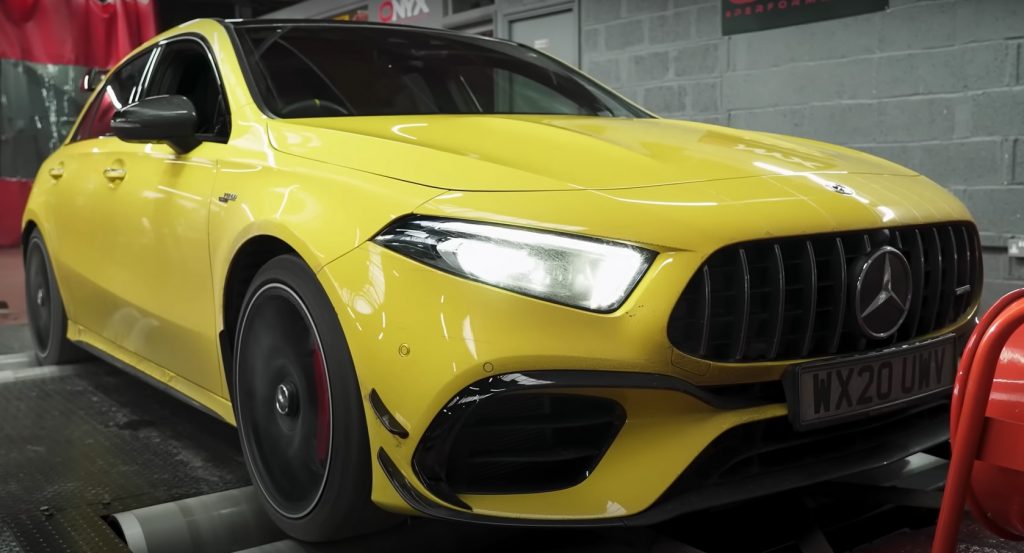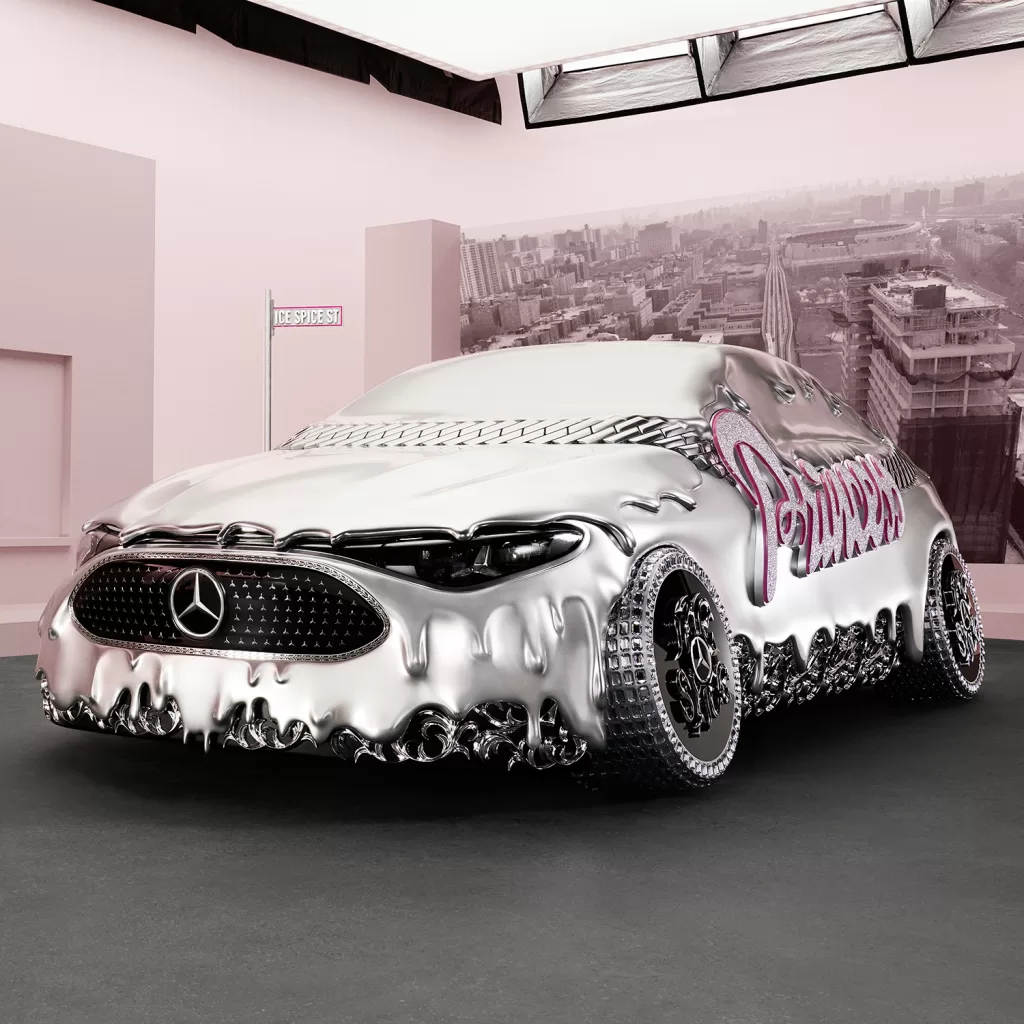In the realm of luxury car manufacturers, Mercedes-Benz stands as a beacon of opulence and engineering prowess. Their fleet of sleek and striking vehicles, each a testament to innovation, commands attention worldwide. Yet, beneath the surface glamour, a shadow looms—a series of challenges that, despite their glaring nature, often go unnoticed by the casual observer.
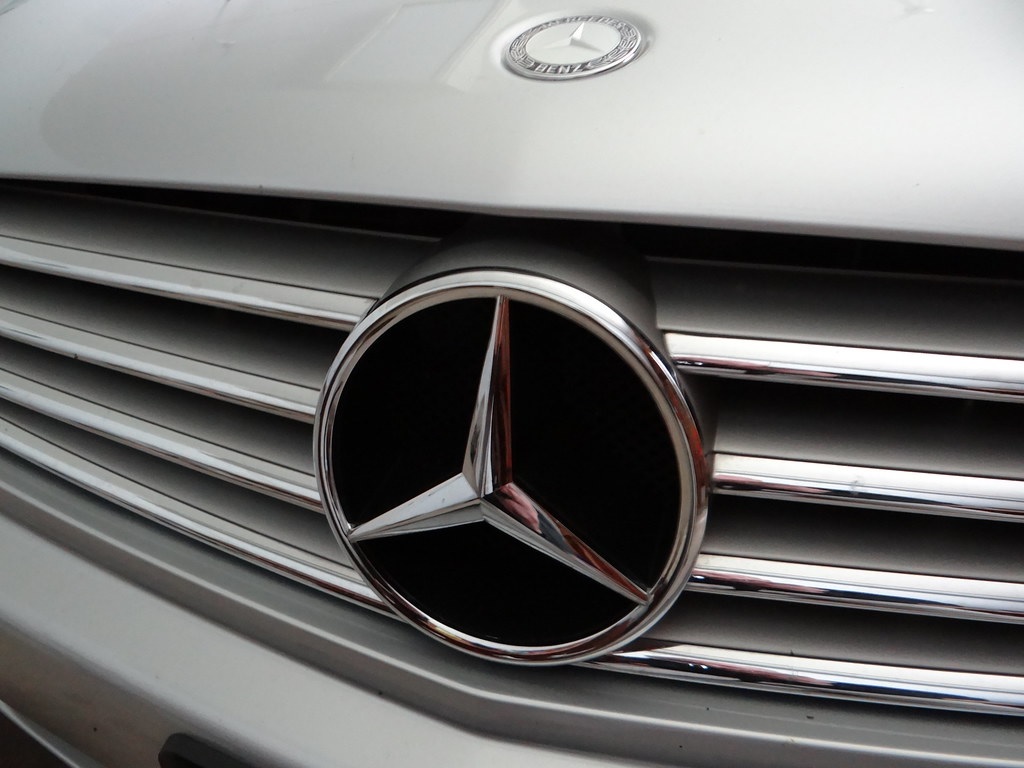
This article delves into the realms of these common issues that have plagued Mercedes-Benz vehicles over the past two decades, elucidating why they demand immediate attention from owners.
1. Transmission Problems
Mercedes-Benz has always boasted sturdy transmissions, but a closer inspection reveals vulnerabilities in its otherwise robust 5-speed transmission produced until 2020 models. Reports abound of troubles within the 13-pin connector and the transmission’s valve body.
These problems, if left unattended, can cascade into more severe damage, leading to impaired functionality and costly repairs. Fluid leaks can potentially spill into the wiring and connectors, which could damage the transmission control module. Likewise, a defect in the valve may lead to slippage, jerking, delay in shifting, noise, and more.
This underscores the urgency of addressing transmission concerns promptly to bring it back to its correct operation, as they impact the very heart of a vehicle’s performance and longevity.
2. Weak Insulation
Venturing into sun-soaked regions like California or Texas, Mercedes-Benz owners may face an unexpected adversary: insulation degradation. The scorching heat in these areas causes the vehicle’s insulation to crack, jeopardizing the intricate wiring harness underneath, which may result to electrical malfunction and even fire.
Shielding the car from this heat-induced menace becomes a challenge, making it evident that tackling insulation issues swiftly is vital for safeguarding the vehicle’s intricate electrical systems.
3. Catalytic Converter Wearing Out Easily
Catalytic converters, tasked with reducing emissions, become a point of contention for some Mercedes-Benz owners as some tend to wear out even before their vehicles’ 60,000-mileage. Premature wear and clogging in these converters can lead to a cascade of problems, including engine misfires and hesitations.
With repair costs potentially soaring to $4,000, addressing catalytic converter issues promptly becomes a prudent investment in preventing a domino effect of mechanical woes.
4. Brake Malfunction
Sensotronic Brake Control (SBC), a marvel of electro-hydraulic braking technology, graces many Mercedes-Benz models produced from 2001 to 2011. However, a shadow lurks within this innovation. SBC system failures due to low brake pressure are a recurring concern, manifesting as unexpected slowing and stopping.
Swift intervention to rectify this issue is imperative, as brakes are the linchpin of a vehicle’s safety. A brake system malfunctioning could lead to hazardous driving conditions and potential accidents.
5. Rust
Mercedes-Benz vehicles, despite their luxury pedigree, are not impervious to rust’s relentless advance. This insidious issue tends to target various parts of the vehicle, from floorboards and wheel wells to bumpers and fenders. The corrosion’s extent can even encompass unexpected areas like under seats and behind license plates.
Confronting rust without delay is crucial, for allowing it to propagate compromises not only the vehicle’s aesthetics but also its structural integrity.
Final Thoughts on the Most Common Mercedes-Benz Problems
While Mercedes-Benz vehicles are celebrated for their elegance and engineering prowess, it is essential to recognize that even these high-end machines are not immune to imperfections. The challenges outlined in this article—be it transmission woes, weak insulation, catalytic converter defects, brake system glitches, or rust—underscore the significance of timely intervention.

Addressing these concerns promptly not only preserves the car’s performance but also ensures the safety and satisfaction of its discerning owners.


